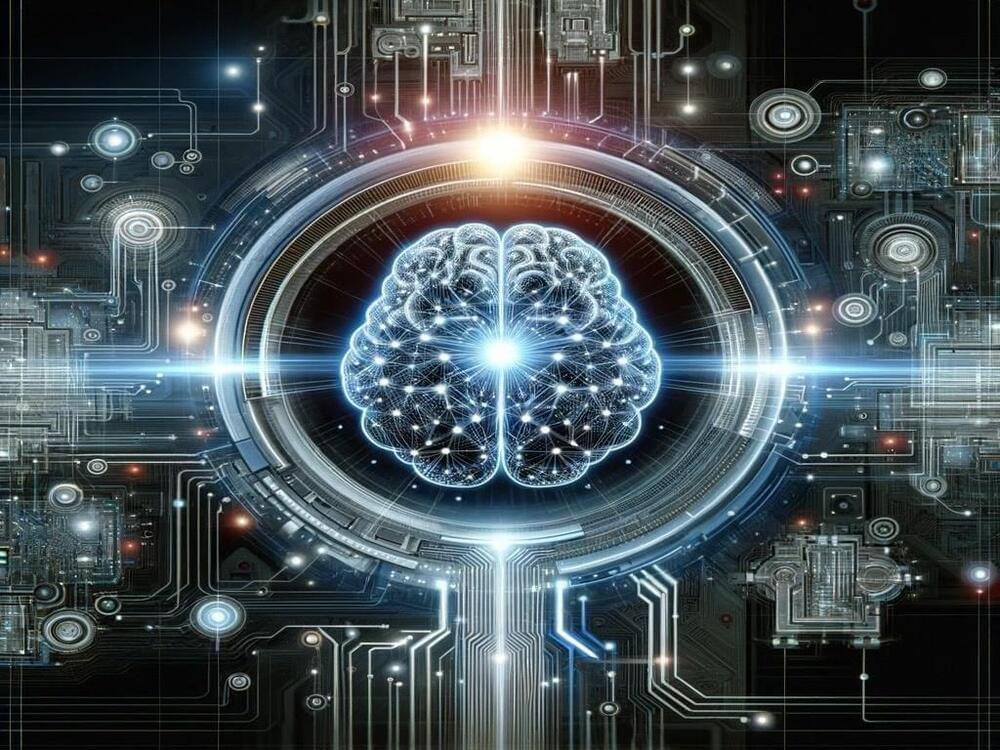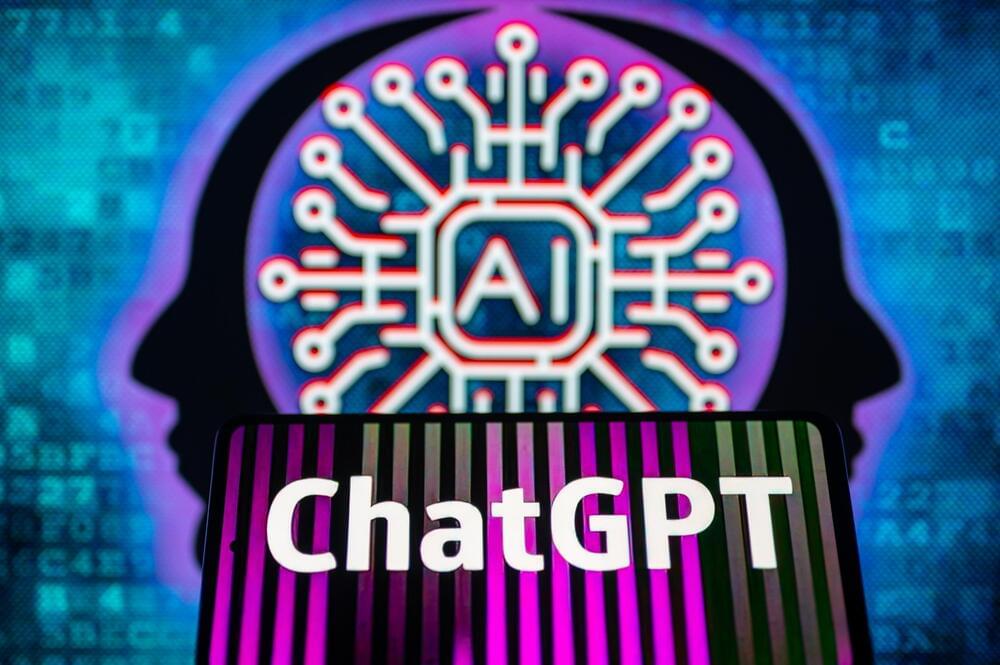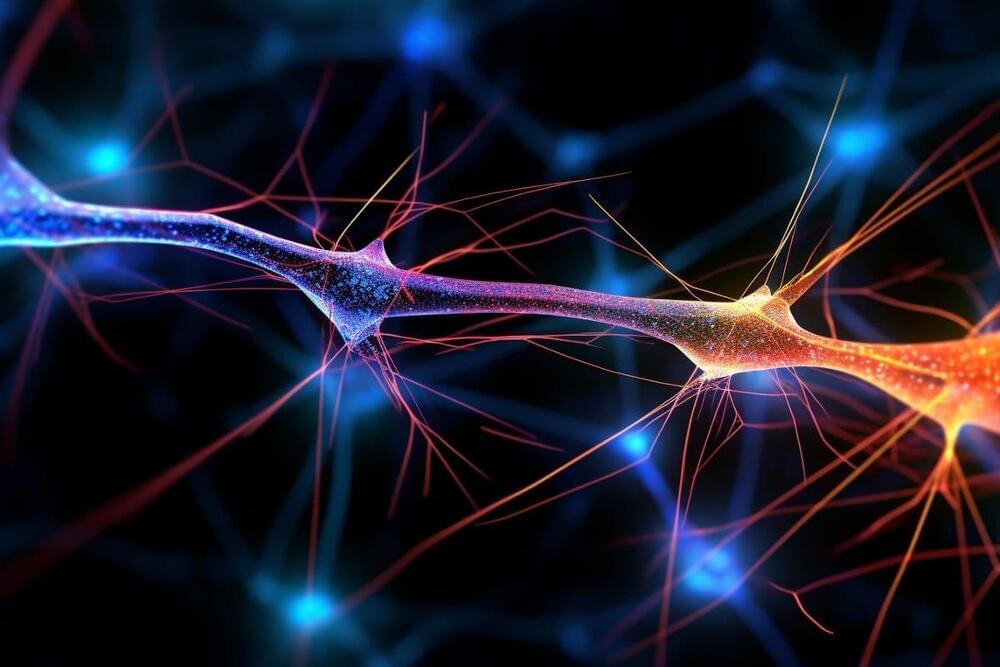Copilot, Microsoft’s brand of generative AI technologies, promises to be a big moneymaker for the company, with one analyst predicting that it could generate $10 billion in annualized revenue by 2026. Despite a staggered and somewhat confusing rollout, 40% of companies in the Fortune 100 were testing Copilot by fall, according to Microsoft CEO Satya Nadella. Forrester predicts, meanwhile, that 6.9 million U.S. knowledge workers will be using some form of Copilot in 2024.
And so Microsoft’s quest to grow the tech continues.
During Ignite 2023, Microsoft took the wraps off of three new Copilot offerings across its software and services portfolio: Copilot for Azure, Copilot for Service and Copilot in Dynamics 365 Guides. The company also launched Copilot Studio, a new platform that delivers tools for connecting Copilot for Microsoft 365 — the Copilot in apps like Excel, Word and PowerPoint as well as Microsoft’s Edge browser and Windows — to third-party data.








